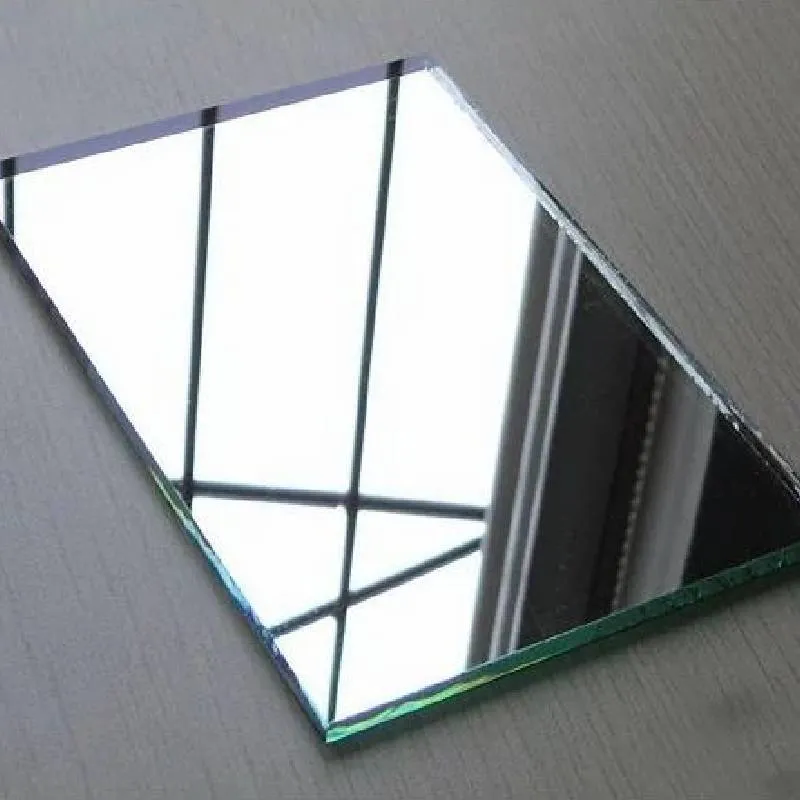

The Fascinating World of Glass Reflectivity
Glass, a material that represents both utility and beauty, plays a significant role in various aspects of our lives. One of its most intriguing properties is reflectivity, which allows glass to engage with light in remarkable ways. The interaction of light with glass gives rise to phenomena that are not only visually captivating but also functionally beneficial.
The Fascinating World of Glass Reflectivity
The traditional clear glass commonly found in windows has moderate reflectivity, allowing natural light to illuminate spaces while minimizing heat loss. However, modern technology has paved the way for advanced glass solutions, such as low-emissivity (Low-E) glass, which is designed to reflect heat and ultraviolet (UV) rays while still allowing visible light to enter. These innovations not only enhance energy efficiency in buildings but also contribute to comfortable indoor environments.

Architects and designers have long recognized the aesthetic potential of reflective glass. Skyscrapers and other contemporary structures often feature expansive glass facades that create stunning visual effects. These designs can change appearance throughout the day, mirroring their surroundings, which blurs the lines between nature and architecture. The reflections produced by glass can enhance the beauty of a building while also serving practical purposes, such as increasing privacy and reducing glare.
In the realm of art, artists often utilize glass’s reflective qualities to create immersive installations. The manipulation of light through reflective surfaces can evoke emotional responses and transform spaces. The interplay between light, reflection, and transparency challenges perceptions and invites viewers to engage actively with the artwork.
Moreover, in the field of technology, glass reflective materials have applications in solar energy. Photovoltaic cells often incorporate reflective glass to maximize light absorption, thereby increasing the efficiency of solar panels. The development of specialized coatings that enhance reflectivity plays a vital role in harnessing solar energy and contributing to sustainability efforts.
In conclusion, glass reflectivity is a multifaceted property that transcends mere aesthetics. From enhancing architectural designs to improving energy efficiency and inspiring artistic expression, the reflections of light in glass offer vast opportunities across various fields. As technology advances, the potential of glass to interact with light will continue to evolve, leading to innovative applications that enhance our environments and experiences. Reflective glass will undoubtedly continue to be an essential material, bridging the gap between functionality and beauty in our ever-changing world.